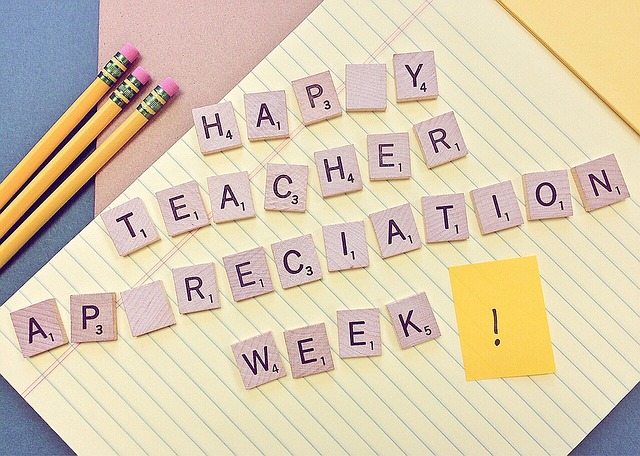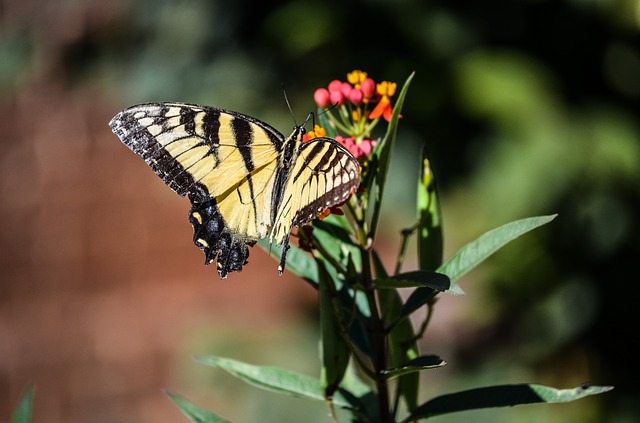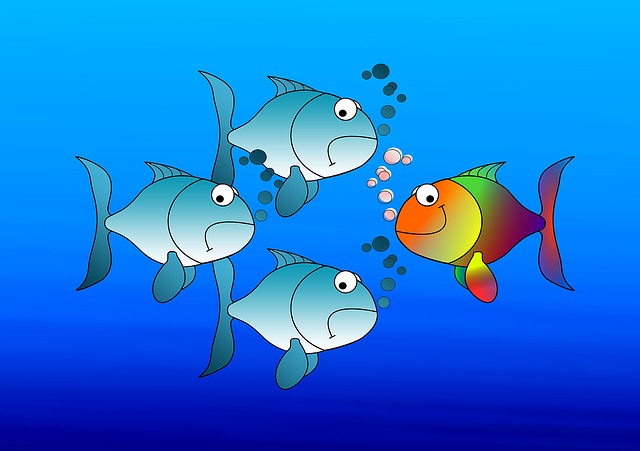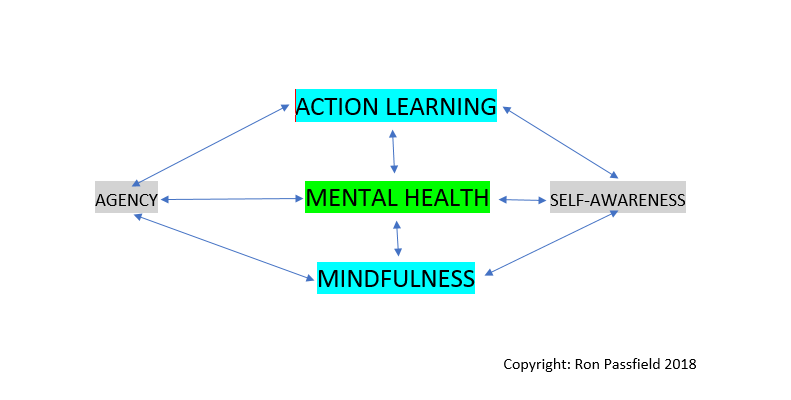Randy Pausch in his last lecture and in his book, The Last Lecture, had a lot to say about resilience. His lecture at Carnegie Mellon University, designed to leave a life skills legacy for his children, focused on the realisation of childhood dreams. Randy maintained that nothing should stop you from realising your childhood dreams and he illustrated this from his own life history.
He urged people to “never give up”. He had wanted to go to Brown University, but they would not accept his application until he hounded them so much that they finally let him in. His mentor, Andy van Dam, then urged Randy to do a PhD even though he himself wanted to get a job. When Randy applied to Carnegie Mellon University to do a PhD, he was able to lodge his application with a letter of referral from his mentor. However, he was still refused entry.
After exploring other options, he went back to his mentor who made a personal call to a colleague at Carnegie Mellon and arranged for Randy to be interviewed – which led to his admission to the PhD Program at the University. Randy conceded that the advice to do a PhD was one of the best bits of advice he received – it enabled him to pursue his passion for “building virtual worlds”.
I had initially refused to undertake a PhD myself when I was working at Griffith University but my mentor, Professor Ortrun Zuber-Skerritt, encouraged me with the comment that, “You have a PhD inside you, if you don’t get it out, you will suffer for it”. This also proved to be sound advice. I did not have trouble with admission, being on the staff of the University, but I had great difficulty agreeing a focal topic and obtaining a supervisor. I persisted for 18 months, with ongoing encouragement from my mentor, and then enrolled and received my PhD six years later. The lesson, once again, was persistence pays and resilience enables you to overcome obstacles and brick walls to achieve your goals.
Brick walls and how to deal with them
Randy prided himself in his ability to break through “brick walls” – seemingly impregnable roadblocks – in his professional and academic life:
The brick walls are there to stop people who don’t want it badly enough. They’re there to stop other people.
Randy stressed the importance of having specific dreams to pursue in life. However, he had many obstacles along the way when pursuing his own childhood dreams:
- He wanted to experience weightlessness but was initially refused permission by NASA to join his competition-winning students to experience this sensation. So he talked NASA into allowing him to be a reporter to accompany his students and provide positive publicity for NASA.
- As discussed above, his persistence got him into Brown University after an intiail knockback and resilience enabled him to pursue a PhD through Carnegie Mellon University
- He also wanted to be a Disney Imagineer and went around the formal application process (which knocked him back), by arranging lunch with a key player in Disney who enabled him to take a sabbatical with Disney Imagineering He had initially to bypass his Dean to obtain permission to pursue what was considered a crazy idea.
- On entry to Disney, he found that he was not accepted at first by the designers who queried what useful skills an academic could have. However, he worked very hard at gaining acceptance and used his academic skills to demonstrate how the process for a virtual ride could be made more efficient – this gained credibility and acceptance. He was eventually offered a fulltime job at Disney Imagineering but negotiated a one day-a- week contract as a consultant instead, so that he could continue to teach at the University. As Randy commented, “If you can find your footing between two cultures, sometimes you can have the best of both worlds”.
- As a child he wanted to be Captain Kirk from Star Wars but this proved to be unrealistic. What he did achieve through creativity, persistence and hard work, was a meeting from William Shatner (Kirk in the movie) who visited Randy’s virtual reality lab to see what technology, foreshadowed on Star Wars, had been realised in practice. Despite scoffing from his colleagues about his passion for the movie, Randy was able to prove that this passion stood him in good stead during his career.
Throughout his life and career, Randy demonstrated time and again the true nature of resilience – the ability to bounce back quickly from setbacks and the willingness to persist over time with a goal despite roadblocks and “brick walls”.
As we grow in mindfulness through meditation, we can strengthen our resilience and persistence in pursuit of our goals. We will find ways around, over or through “brick walls” to enable us to achieve our meaningful life and career goals. Mindfulness helps us to find creative ways to achieve our goals despite setbacks and blockages.
By Ron Passfield – Copyright (Creative Commons license, Attribution–Non Commercial–No Derivatives)
Image source: courtesy of dimitrisvetsikas1969 on Pixabay
Disclosure: If you purchase a product through this site, I may earn a commission which will help to pay for the site, the associated Meetup group and the resources to support the blog.











